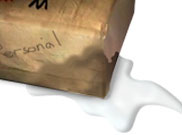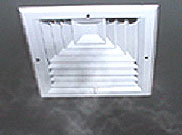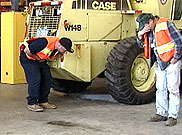Current Screen: 10 of 27
Chemical, Biological, Radiological (CBR) Release: Signs and Symptoms
Signs of CBR release include but are not limited to: an unexplained pungent odor*; a suspicious package emitting a vapor*; odor or an oily liquid; an abandoned aerosol or manual spray device; a cloud*; mist; fine powder; liquid or fog with no identifiable or suspected source.



It could be a sign that a CBR agent has been released when two or more people suddenly begin to: have difficulty breathing; cough uncontrollably; collapse or have seizures; complain of nausea; have blurred vision; complain of an unusual and unexplainable odor* (garlic, hay, swimming pool chlorine).

*Note: Not all agents have an obvious odor or a visible cloud or vapor.
What do you do if you become involved in a CBR release?
You are to:
Use common sense. Limiting the time of exposure will limit the level of dosage.
Shielding may also limit the exposure dosage.
For example: Simply cupping your shirt or blouse over your mouth and nose for an inhalable toxin may make the difference between being a survivor or a casualty.
Putting distance between yourself and the suspected source of a CBR release will reduce level of dosage. If outdoors and the CBR release is airborne, move upwind of the source.
Finally, your first priority is to protect yourself. Get away from the source and warn others.
